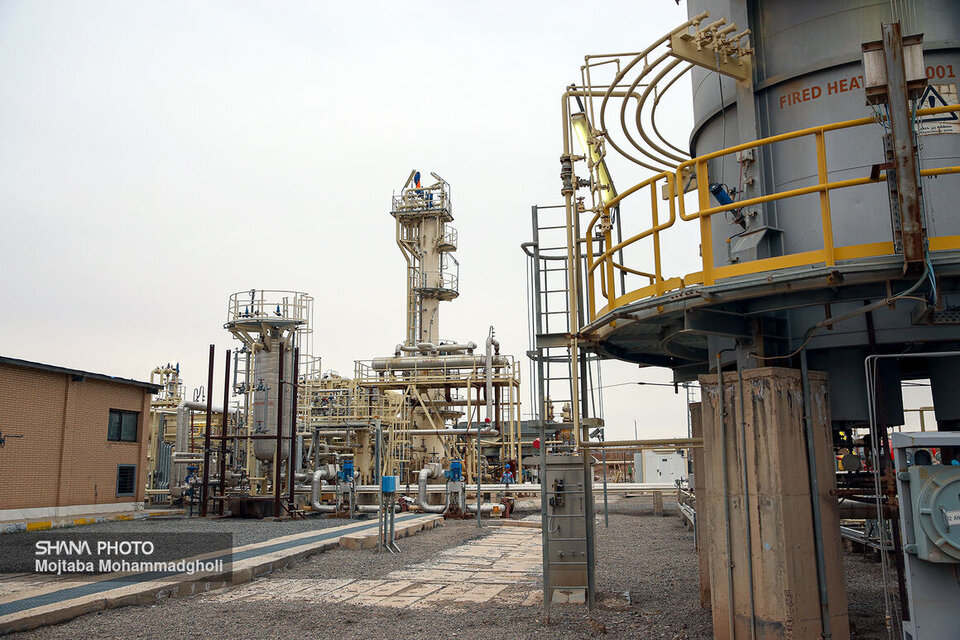Behnam Mirzaei noted that the company, as the executor of major projects for the National Iranian Gas Company, is developing infrastructure for the gas industry.
He said the firm is tasked with designing, constructing, and operating high-pressure transmission pipelines, compressor stations, storage projects, measurement systems, and refinery development.
One of the key ongoing storage projects is the Sarajeh facility in Qom, which has an annual capacity of 1 billion cubic meters and is set to become operational this year. Gas is injected into these storage sites during eight warmer months and withdrawn during four colder months to balance supply and demand, preventing shortages.
Shourijeh gas storage capacity to double
Mirzaei said another major project is the expansion of the Shourijeh field, which will have an annual capacity of 2.025 billion cubic meters and help address supply imbalances in the northern and northeastern gas networks. The Shourijeh D development project is 55% complete, covering upstream, downstream, and general operations.
The project involves drilling 28 storage wells and installing three high-capacity compressors—the first of their kind in Iran—which will increase pressure from 50 bar to 345 bar. Once completed, Shourijeh’s storage capacity will reach 4.5 billion cubic meters per year, with operations expected to begin by mid-2025.
Accelerating gas transmission, storage infrastructure
Mirzaei also highlighted the natural gas underground storage project in Kashan’s Nasrabad salt domes, which will improve supply stability due to its central location and access to transmission lines.
The company has been assigned to build about 2,700 kilometers of gas pipelines, with 1,000 kilometers slated for completion this year. Key projects include the 56-inch Ahvaz-Kouhdasht pipeline, being executed in four phases with domestic contractors.
Other ongoing projects include three compressor stations on the seventh and eighth national pipelines, measurement systems at 28 exchange points between refineries and consumers, and infrastructure development at the Iran Gas Transmission Company.
Modernizing project management with technology
To expedite priority projects, the company has implemented changes in both software and hardware systems. A project management office was established two years ago, shifting from traditional to modern methods. So far, 35 employees have earned the Project Management Professional (PMP) certification, with 60 more currently in training.
Mirzaei emphasized stakeholder management, requiring contractors and consultants to appoint project managers for better coordination. Innovations like microtunneling—used for the first time in Iran on the Ahvaz-Kouhdasht pipeline due to defense requirements and Karun River crossing—have improved safety and cost-efficiency.
Skilled workforce as key asset
Collaboration with knowledge-based firms and universities, including a research agreement with Sharif University of Technology, is a strategic focus. Mirzaei stressed that the company’s greatest asset is its skilled workforce, enabling significant progress in Iran’s gas infrastructure through expertise and advanced technology.


Your Comment